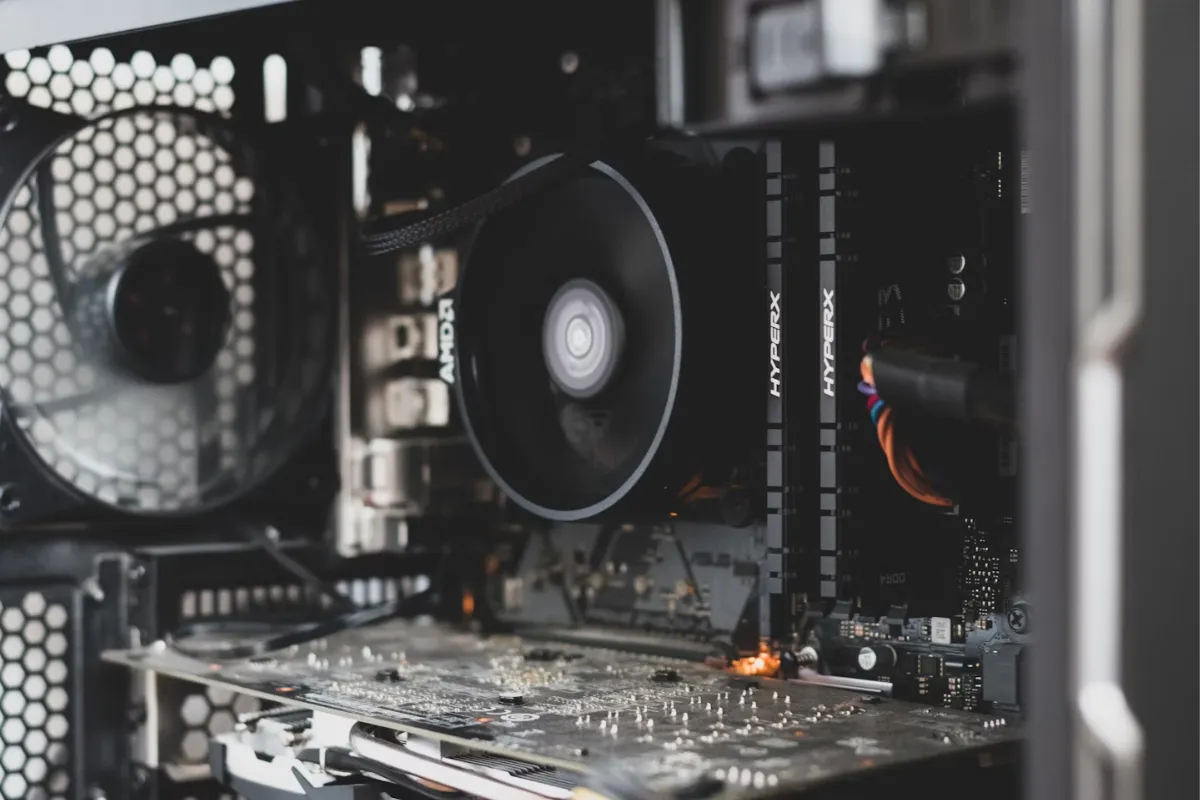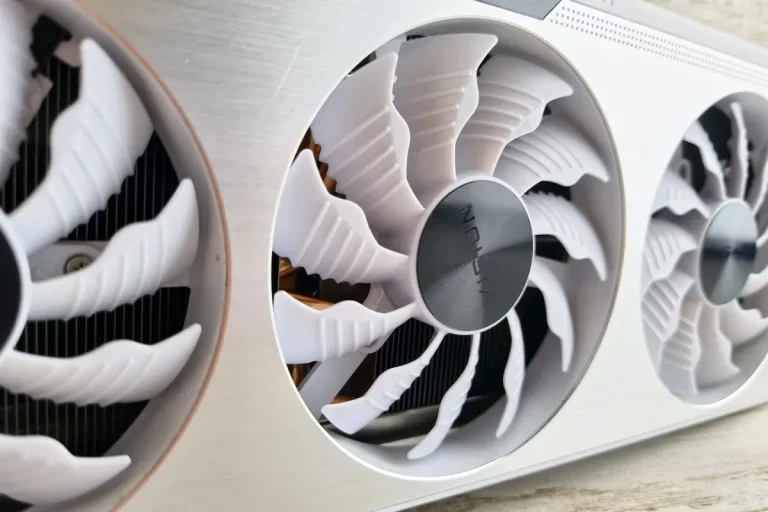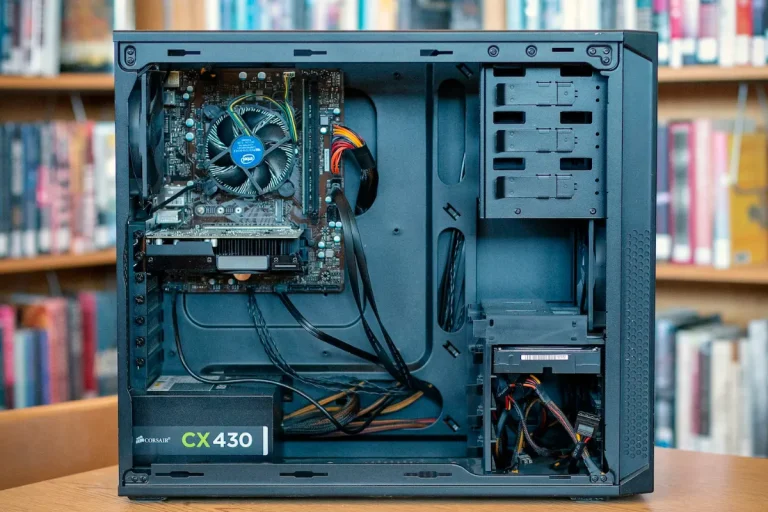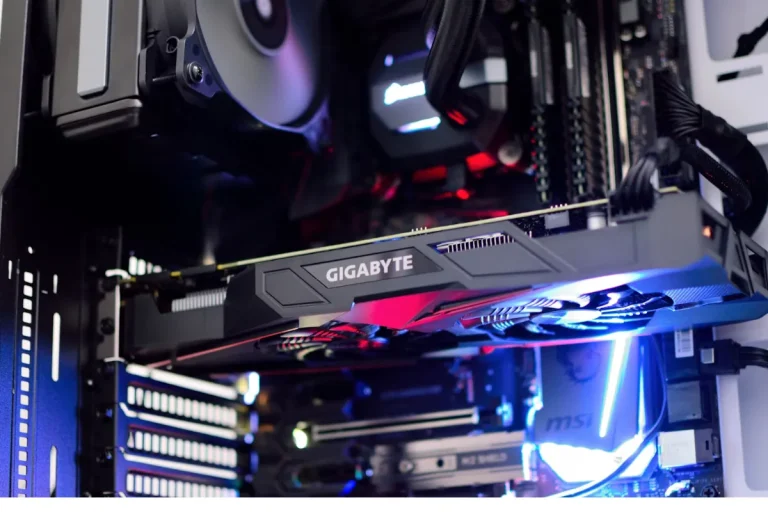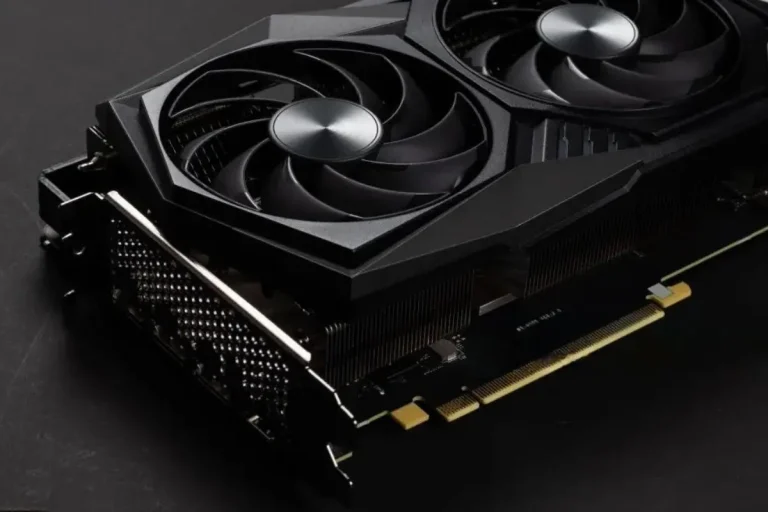How do I know if my GPU is bottlenecking my CPU?
Is your gaming experience not as smooth as you’d like it to be? It’s possible that your GPU might be bottlenecking your CPU. But what does that even mean? In this guide, we’ll break down the concept of bottlenecking and show you how to determine if your GPU is the culprit. Let’s dive in!
Monitoring GPU and CPU Usage
Understanding how your GPU and CPU are performing is crucial in identifying potential bottlenecks. By monitoring their usage percentages, you can gain valuable insights into system performance. Let’s explore the tools and steps involved in monitoring GPU and CPU usage.
Introduction to Monitoring Tools
To monitor GPU and CPU usage, you can rely on various tools like Task Manager, MSI Afterburner, or third-party software. These tools provide real-time information on how your hardware is performing.
How to Check GPU and CPU Usage Percentages
- Task Manager: Press Ctrl + Shift + Esc to open Task Manager. Under the “Performance” tab, you’ll find detailed graphs displaying GPU and CPU usage percentages.
- MSI Afterburner: Download and install MSI Afterburner, a popular monitoring tool. Launch the software and navigate to the monitoring tab, where you can enable GPU and CPU usage percentage overlays.
Interpreting Usage Percentages to Identify Potential Bottlenecks
Once you have access to GPU and CPU usage percentages, it’s essential to know how to interpret them. If you notice that the GPU usage is consistently high (close to 100%), while the CPU usage remains low, it could indicate a GPU bottleneck.
On the other hand, if the CPU usage is consistently high while the GPU usage remains low, a CPU bottleneck might be the issue.
Analyzing Frame Rates and Latency
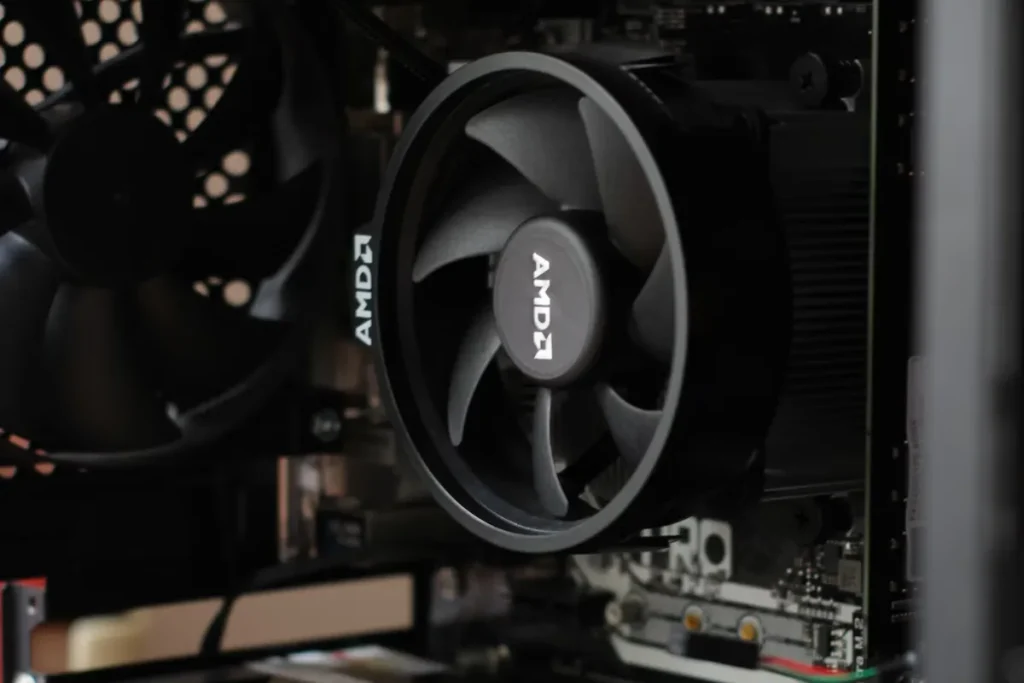
When it comes to gaming performance, frame rates, and latency play a crucial role in delivering a smooth and responsive experience. In this section, we will explore the importance of these factors and how to analyze them to identify potential bottlenecks.
Importance of Frame Rates and Latency in Gaming Performance
Frame rates determine how many frames per second (FPS) your GPU can render, while latency refers to the delay between your input and the corresponding action on the screen. Both factors significantly impact gaming performance and overall gameplay experience.
Using Benchmarking Software to Measure Frame Rates
To measure frame rates accurately, you can rely on benchmarking software such as Fraps, MSI Afterburner, or in-game overlays like Steam’s FPS counter. These tools provide real-time information about your current FPS, allowing you to assess the performance of your GPU.
Assessing Latency Issues and Potential Bottlenecks
To identify latency issues and potential bottlenecks, you can use tools like LatencyMon or NVIDIA’s latency analyzer. These tools measure the time it takes for your system to respond to input, helping you pinpoint any delays or performance limitations.
Frequently Asked Questions
1:How can I determine if my GPU is bottlenecking my CPU?
One way to identify a GPU bottleneck is to monitor the GPU and CPU usage percentages. If your GPU usage remains consistently high while CPU usage remains low, it indicates a potential GPU bottleneck.
2: Can a GPU bottleneck affect gaming performance?
Yes, a GPU bottleneck can significantly impact gaming performance. If your GPU is struggling to keep up with the demands of the game while your CPU remains underutilized, it can result in lower frame rates, stuttering, and overall decreased performance.
3: Is it possible for a CPU to bottleneck a GPU?
Yes, a CPU can also be a bottleneck for your GPU. If your CPU is not powerful enough to handle the game’s processing requirements, it can limit the performance of your GPU, resulting in lower frame rates and potential stuttering.
4: What are the signs of a GPU bottleneck?
Signs of a GPU bottleneck include consistently high GPU usage (close to 100%) while CPU usage remains low, lower frame rates in games, and graphical glitches or stuttering during gameplay.
5: How can I address a GPU bottleneck?
5: To address a GPU bottleneck, you can consider upgrading your GPU to a more powerful model or adjusting your game settings to reduce the GPU’s workload. Additionally, optimizing your system’s cooling and ensuring that your drivers are up to date can also help alleviate GPU bottlenecks.
Conclusion
Monitoring GPU and CPU usage percentages is a key step in determining if your GPU is bottlenecking your CPU. By analyzing these metrics and observing consistently high GPU usage while CPU usage remains low, you can identify potential bottlenecks and take appropriate steps to optimize your system’s performance.
